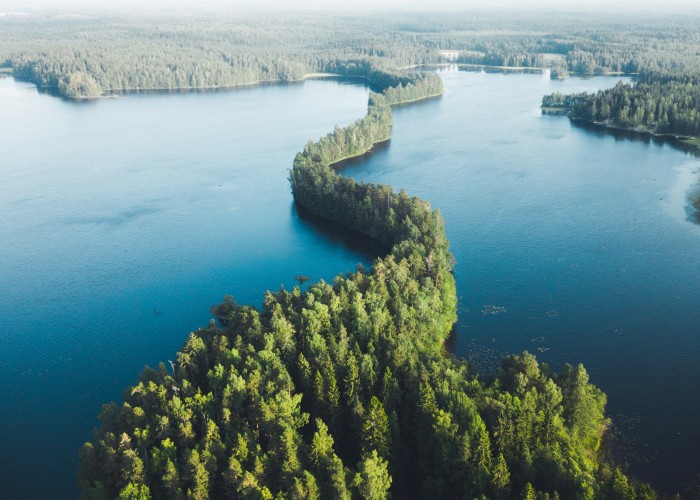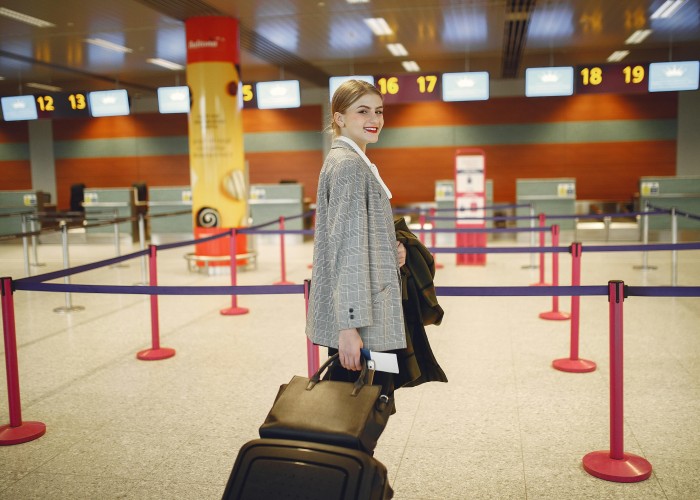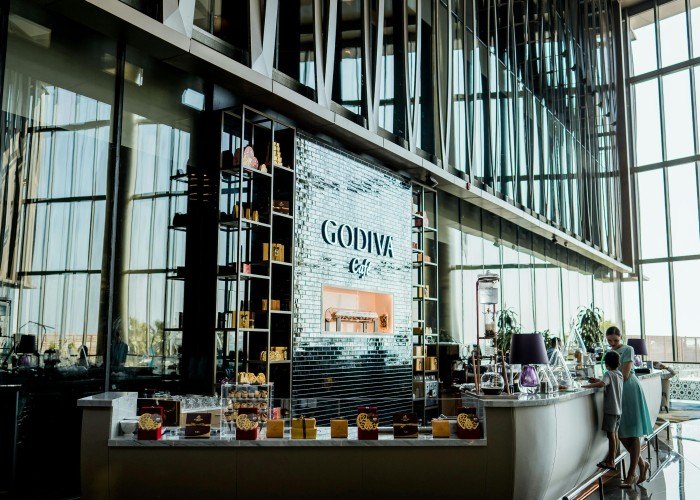Vindelfjällens Nature Reserve is Sweden’s largest protected area—over 5,600 km²—nestled in Lapland and spanning Sorsele and Storuman. It showcases alpine peaks, birch forests, wetlands, tundra, and glacial valleys.Compare that to the size of Luxembourg, and you’ll understand why it feels boundless. Vindelfjällens Nature Reserve Trek – Sweden.
Why does it attract trekkers from the USA, UK, Australia, and Germany? You’ll find rare wildlife—including the arctic fox, wolverine, lynx—and an astonishing variety of habitats, all within easy reach on well-marked trails like the Kungsleden.
Best Time to Visit
Summer is unbeatable here:
- June to August brings mild weather, long days, and great wildlife-spotting opportunities.
- Visitor numbers peak between mid-July and early August, especially on popular cabin routes, offering both solitude and convenience.
- By late August and September, the trails quiet down. Cooler air brings vivid colors and peaceful hiking.
How to Reach (Train / Road / Air)
Getting here is surprisingly straightforward:
- Flying: Use Hemavan Airport, with connections via Stockholm.
- Train + Bus: Reach Vännäs or Storuman by train, then regional buses or the scenic Inlandsbanan line in summer.
- Road: Accessible by car via E12 or county road 363, with villages like Ammarnäs and Hemavan as gateway hubs.
Entry Fees and Permits (Approximate or Subject to Change)
- No formal permit needed to hike—this is public-access wilderness.
- Some parking or nature reserve fees may apply—check locally (approximate and subject to change).
- Optional discounts through Swedish tourist associations may apply at huts and cabins.
Food Availability and Meal Options During the Trek
- Village towns like Ammarnäs and Hemavan have shops and cafes to stock up before heading into the wild.
- Trail huts (stuga) and basic shelters dot routes like Kungsleden, providing simple meals or kitchens.
- Carry lightweight meals and snacks for flexibility—energy bars, dried fruit, sandwiches, etc.
- Water sources like streams and springs are frequent; bring a filter or purification method just in case.
Packing List and Essentials
Keep it simple and focus on comfort and safety:
- Sturdy hiking boots and quality socks
- Waterproof jacket, pants, and warm mid-layer
- Daypack (25–40 L)
- Trekking poles for uneven ground
- Headlamp and spare batteries
- Map or GPS with offline trails
- Refillable water bottle and purification method
- Snacks and easy lunch items
- First-aid kit with blister care
- Bug repellent (for lowlands and wetlands)
- Power bank, binoculars, and camera optional
Safety Tips and Local Regulations
- Trail markers are clear—especially on main paths—but always carry a map and know your route.
- Weather can shift fast—dress in layers and be ready for clouds, rain, or wind.
- Wildlife rules: Do not disturb animals—reindeer grazing areas are common.
- Wild camping is allowed under Swedish law—but avoid fragile grounds, clean up, and keep distance from cabins.
- Dogs must be leashed in sensitive areas between March and August.
- Emergency contact: Dial 112 in Sweden.
Tips for Beginners or First-Time Visitors
- Begin with well-trod sections like Ammarnäs to Syterskalet for a manageable introduction.
- Break your trek into stages, staying overnight in cabins—earning rest and scenery along the way.
- Book accommodations early, especially in summer, as huts fill quickly.
- Learn some basic Swedish phrases—“hej”, “tack”, “god dag” work well.
- Practice using your gear on weekend hikes before attempting longer days. Vindelfjällens Nature Reserve Trek – Sweden.
Local Customs or Cultural Etiquette
- Respect the Sami heritage—names like Syterskalet and Ammarfjället reflect traditional stories and places.
- Remove boots when entering huts or cabins.
- Quiet hours are valued—especially in communal sleeping areas.
- Follow the ethos of allemansrätten, Sweden’s Right of Public Access—tread lightly and leave no trace.
FAQ Section
Here are widely searched questions global readers often ask:
How long can a Vindelfjällens trek take?
That depends on the route. Kungsleden traversing the reserve might span 5–10 days, while short day hikes like Syterskalet are doable in a few hours.
How difficult is it?
Ranges from easy to moderate, depending on elevation and distance. Cabin routes help beginners ease into it.
What altitude ranges are in this reserve?
Valleys begin around 345 m, while peaks reach up to 1,768 m (Norra Sytertoppen).
Are restrooms available?
Yes—mostly at visitor centers like Naturum, and at staffed huts. Otherwise, use proper backcountry procedures. Vindelfjällens Nature Reserve Trek – Sweden.
Is phone signal reliable?
Limited. Some villages and routes have 4G, but coverage is sporadic elsewhere.
Can beginners manage it?
Absolutely—with basic preparation and staying on popular routes, beginners often enjoy their first taste of Lapland nicely.
Is wild camping permitted?
Yes—but stay away from sensitive sites, huts, and Sami grazing lands.
Is the trail well marked?
Yes—main trails are well maintained and marked clearly, especially Kungsleden and nearby routes.
What wildlife might I see?
Reindeer, wolverine, lynx, moose, arctic fox—the latter being a key conservation species here.
Final Thoughts
Vindelfjällens is a remarkable treasure—vast, varied, and peaceful. For trekkers from the USA, UK, Australia, Germany, or any corner of the world, it offers unmatched solitude, wildlife encounters, and pure wilderness. With thoughtful planning, adaptable gear, and a spirit of respect toward nature and culture, this reserve offers a hiking experience that heals, inspires, and stays with you long after the trail ends. Vindelfjällens Nature Reserve Trek – Sweden.






Leave a Reply